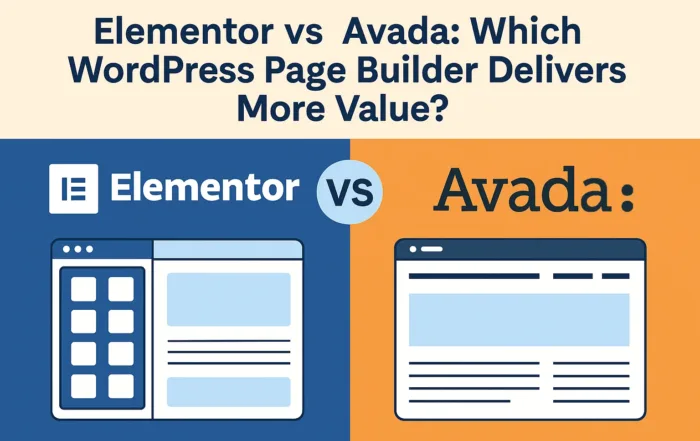
Why The Mass Exodus From Joomla?
Date Posted:
March 13, 2025
Share This:
Why the Mass Exodus from Joomla?
Joomla was once a powerhouse in the world of content management systems. In its prime, it powered millions of websites and captured over 12% of the CMS market. Fast forward to today, and that number has dropped below 3%. More and more businesses are making the switch, but what’s driving the mass migration?
Innovation Has Slowed
Joomla’s development pace hasn’t kept up with modern expectations. Joomla 4, while a long-awaited update, was delayed for years and arrived without many of the features users now consider standard. In contrast, platforms like WordPress and builders like Avada continue to roll out regular core updates, block editor improvements, and accessibility enhancements.
The Community Is Shrinking
As the CMS fell out of favor, so did its developer base. Fewer developers mean fewer extensions, slower innovation, and less support. By comparison, WordPress has a vast community of contributors who actively maintain more than 59,000 plugins and thousands of themes. This keeps the ecosystem vibrant, secure, and full of options.

The User Experience Is Outdated
Joomla’s admin interface feels increasingly cumbersome, especially when compared to modern platforms like Webflow or Squarespace. Updating content often requires navigating through several backend menus. In contrast, WordPress’s block editor (Gutenberg) offers an intuitive, visual editing experience that makes content creation fast and simple. Many businesses migrating off Joomla also adopt flexible visual builders like Avada to modernize their websites faster and easier.
Security Takes More Work
Maintaining security on Joomla means frequent manual updates to both the core and third-party extensions. According to Joomla’s own security center, dozens of vulnerabilities are patched each year. Managed WordPress hosting services like Kinsta or WP Engine offer automatic updates, malware scanning, and firewall protection as standard—reducing the burden on business owners and developers.
Fewer Integrations and Plugins
Joomla’s extension directory lacks the range and modern integration support that today’s businesses demand. Tools like HubSpot, Mailchimp, and WooCommerce work out of the box with WordPress, offering advanced marketing automation, e-commerce, and CRM capabilities. On Joomla, these integrations often require custom development or third-party workarounds.
SEO Isn’t as Straightforward
While Joomla can be optimized for SEO, it lacks native, user-friendly tools. Popular WordPress plugins like Yoast SEO and Rank Math make optimization easy, even for beginners. Joomla users often need additional extensions just to manage meta tags, canonical URLs, and sitemap generation—making SEO more complicated than it should be.
Migration Is No Longer Difficult
Thanks to modern tools like CMS2CMS, migrating from Joomla to WordPress is easier than ever. These services automate the bulk of the migration—including content, categories, images, and users—so businesses can switch platforms with minimal downtime and risk. Real-world examples like the Bullfinch Joomla to Bolt migration showcase just how smooth and effective a well-planned migration can be.
The Web Has Moved On
Modern websites are more than static brochures—they’re marketing hubs, sales engines, and customer engagement platforms. Joomla was built in a different era, and adapting it to today’s digital needs often requires too much time and too many compromises. Platforms like Shopify, Webflow, and WordPress are designed for rapid development, seamless integrations, and mobile-first performance—making them better suited for where the web is headed.
Should You Make the Switch?
If your Joomla site feels like a burden, you’re not alone. Thousands of businesses are choosing to migrate each year—not just for ease of use, but to access better SEO tools, performance optimization, and deeper integration with the tools they already rely on.
The migration process isn’t as complex as it used to be, and the long-term benefits far outweigh the temporary effort. Whether you manage your site in-house or with a digital agency, now is the time to ask: is Joomla still helping you grow—or holding you back?



